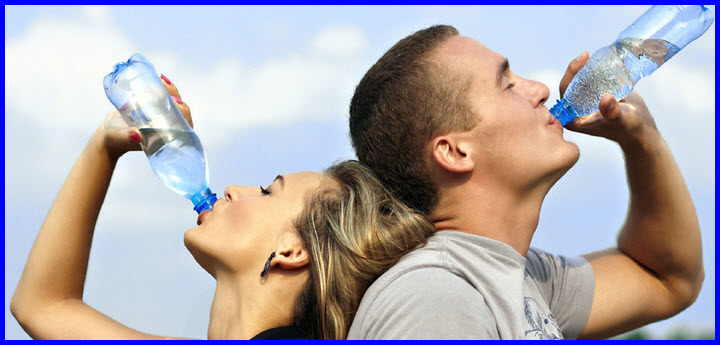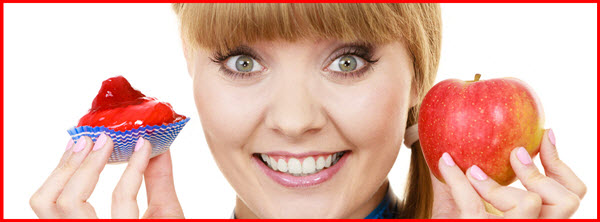It's The Toxins Given Off By The Plastics That Harm Us

Give up plastics? Impossable you are probably thinking.
Therefore, it is extra important to separate the “good” plastics from the ones that can leach harmful chemicals like BPA, BPS, phthalates, xenoestrogens, lead and antimony into food, beverages and the environment.
These toxic chemicals—found in the majority of plastic, PVC and vinyl items produced today—have been linked to obesity, enlarged male breasts, earlier puberty in girls, and increased incidence of breast, prostate and other cancers. In fact, they are so toxic, many plastic additives have been banned in Europe, Canada, China, and an increasing number of cities and states in the U.S.
Hidden Sources of Plastic Toxins
Most of us know by now to avoid toxic, BPA-ridden plastic beverage bottles, plastic food storageware, plastic wrap and resealable (or zipper-lock) food storage bags. (If you didn’t know that, now you do!)
But, plastic is everywhere, so toxins can be found in the places you might not know about, like:
- BPA-free plastic bottles (BPS),
- the inside lining of nearly all canned food, soda and baby formulas (BPA/BPS),
- canning jar lids (BPA),
- toothbrushes and toothpaste tubes (BPA),
- plastic lunchboxes and toys (phthalates and lead),
- dental sealants and composite fillings (BPA/BPS),
- plastic and vinyl jewelry, purses, shoes and other fashion items (phthalates, mercury and lead),
- cash register receipts (BPA/BPS), and more.
One way to sort out which plastics are safer than others is by checking the Plastic ID Code on the bottom of the item, which is that little number inside the triangle that tells you if you can recycle it.
What Do The Numbers on Plastic Containers Mean?
#1 – PET or PETE (polyethylene terephthalate)
PET is used for water and soft drink bottles, mouthwash bottles, containers for condiments like nut butters and ketchup, and TV dinner trays. PET is considered safe, but it can actually leach the toxic metal antimony, which is used during its manufacture.
One study that looked at 63 brands of bottled water produced in Europe and Canada found concentrations of antimony that were more than 100 times the typical level found in clean groundwater (2 parts per trillion).
The study also found that the longer a PET bottle sits on the shelf—in a grocery store or your pantry—the greater the amount of antimony present. It is also thought that the amount of antimony leaching from these PET bottles increases the more they are exposed to sunlight, higher temperatures, and varying pH levels.
Brominated compounds have also been found to leach into PET bottles. Bromine displaces iodine in the body, and is a central nervous system depressant. It can accumulate over time, and trigger paranoia and other psychotic symptoms. Avoid if you can.
#2 – HDPE (high-density polyethylene)
HDPE is used in butter tubs, milk jugs, juice, household cleaner and shampoo bottles, as well as cereal box liners and grocery bags. It is often considered a low-toxin plastic, but like almost all plastics, it has been found to release estrogenic chemicals.
In one study, 95 percent of all plastic products tested were positive for estrogenic activity. This means they can disrupt your hormones and even alter the development of your cells, which puts infants and children at even greater risk. In this particular study, even HDPE products that were free of bisphenol-A (BPA) still tested positive for other estrogenic chemicals. Use with caution.
#3 – PVC (polyvinyl chloride)
PVC is used in plastic cooking oil bottles, deli and meat wrappers, shrink wrap, sandwich baggies, and plastic “saran” wrap. It is also found in plastic toys, lunch boxes, table cloths and blister packs used to hold medications. And it is commonly used to make jewelry and faux-leather purses, shoes and jackets.
PVC contains numerous toxic chemicals including lead and DEHP, a type of phthalate used as a plastics softener. As if the lead weren’t bad enough, phthalates are considered “gender-bending” chemicals which cause the males of many species to become more female. These chemicals disrupt the endocrine systems of wildlife, causing testicular cancer, genital deformations, low sperm counts and infertility in a number of species, including polar bears, deer, whales, otters, and frogs, among others.
Scientists believe phthalates cause similar harmful effects in humans. If your home has flexible vinyl flooring, or those padded playmat floors for kids (often used in day cares and kindergartens, too), there’s a good chance it is made from toxic PVC. PVC flooring has also been linked to chronic diseases like allergies, asthma and autism.
In the source article you'll find out the problems with the other 4 types of common plastics.
In the article you'll also discover all the polution problems that are associated with plastic.
The featured image came from pibabay.com.




Leave a Reply